18 Wild Animals in Nepal [Wildlife in Nepal]
Want to know more about the wildlife in Nepal?
Discover 18 wild animals in Nepal in this post, as well as interesting facts about them. 🇳🇵
Learn All About Nepali Animals
Ready to learn all about Nepali animals?
I’ve always been fascinated by animals, and by how they can be so different from one country to another. In this guide, we’ll focus on the many animals Nepal has on the land, in the sky, and underwater.
I’ve split the guide into 6 categories:
- Native animals from Nepal
- Endangered animals of Nepal
- What is the national animal of Nepal?
- How many animals native to Nepal?
- Which is the biggest animal in Nepal?
- Are monkeys sacred in Nepal?
Let’s dive in right away with our first category!
Native Animals from Nepal
Nepal is a landlocked Asian country located in the southern part of the continent, mainly in the Himalayas. It is home to the highest point on Earth, Mount Everest (culminating at 8,849 m / 29,031 ft), as well as 8 of the world’s 10 highest peaks, and it has a diverse geography, from forested hills to fertile plains. It is bordered by Tibet of China and India, and its capital and largest city is Kathmandu, which counts more than 845,000 inhabitants (but more than 2,900,000 if you include the metropolitan area).
An interesting part of the country that I wanted to tackle is its wildlife. In light of that, I have listed the best of it, and I hope you will love learning what animals live in Nepal.
Here’s the Nepal animals list.
1. Snow leopard
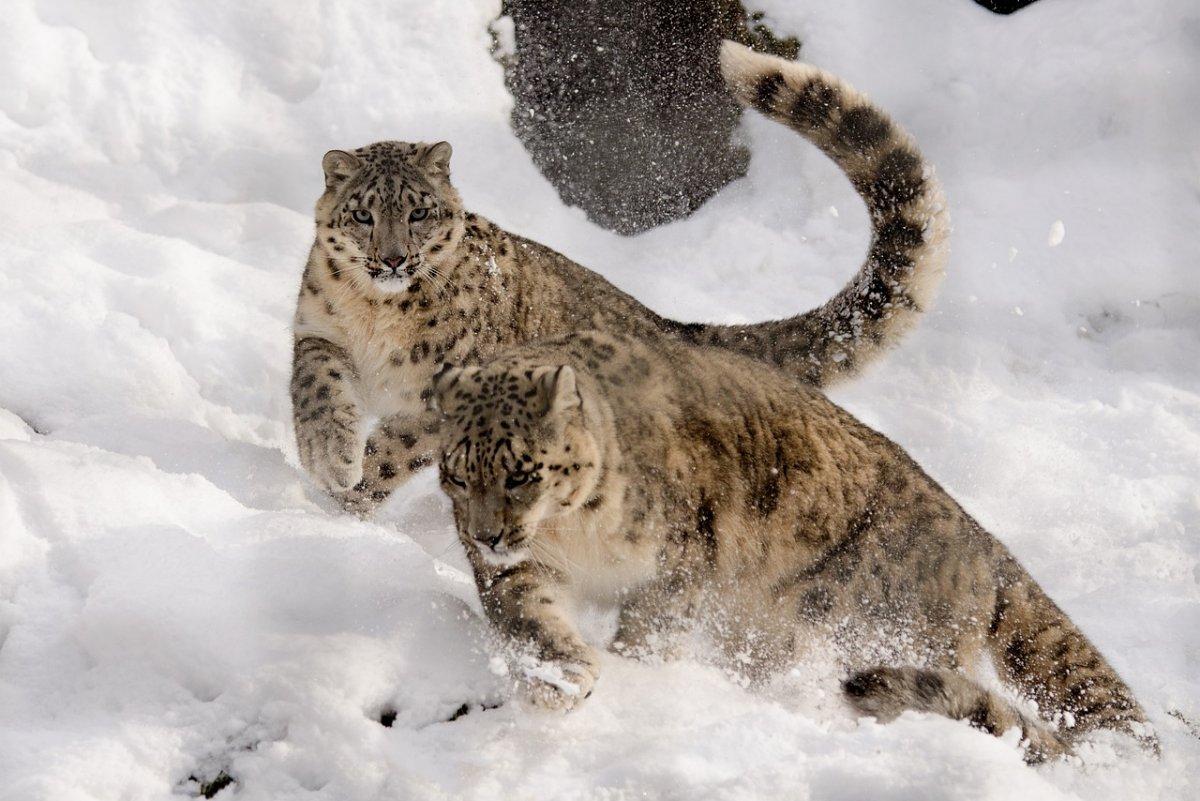
- Name: Snow leopard
- Scientific name: Panthera uncia
- Conservation status:
The snow leopard, also known as the ounce, is arguably the most unique and beautiful animal you will find in the Himalayas, and in Nepal. It is a gray-coated species of leopard native to the mountain ranges of central and southern Asia and lives at elevations between 3,000 and 4,500 m / 9,800 and 14,800 ft.
This wild cat is seriously threatened by habitat loss because of urban expansion, as well as poaching.
2. Bengal fox
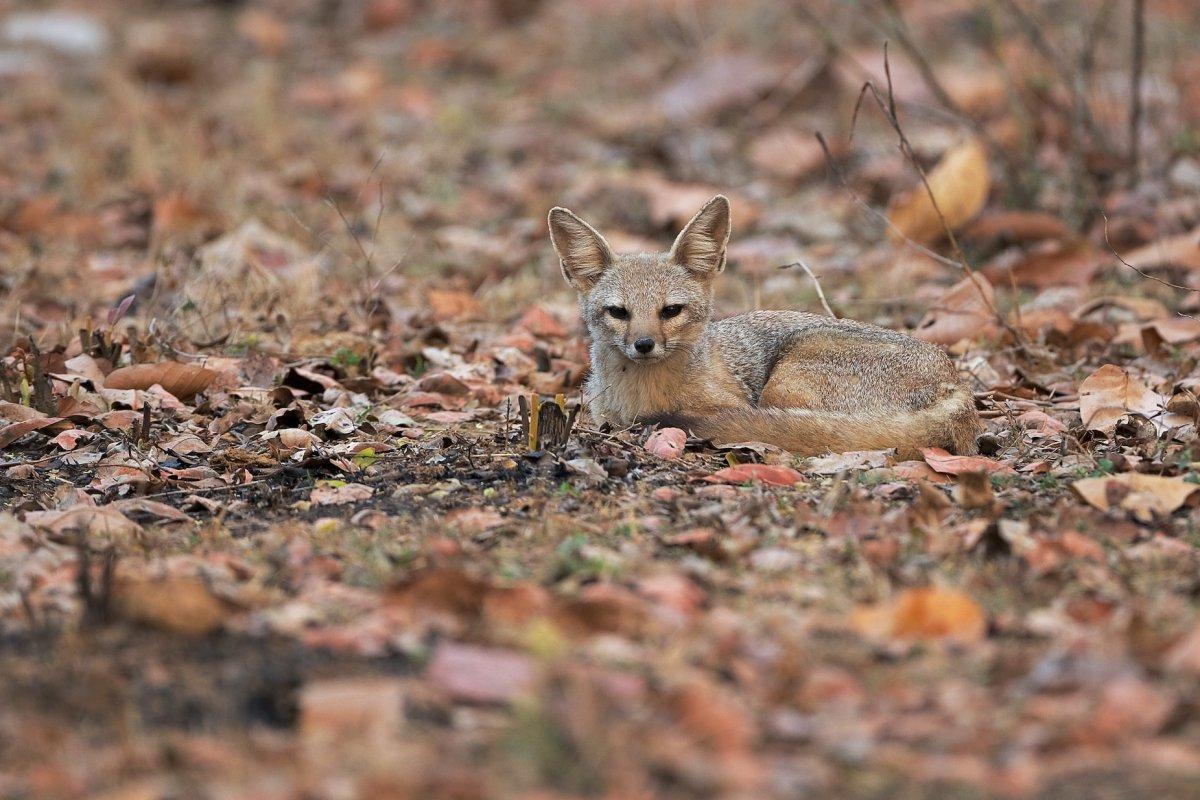
- Name: Bengal fox
- Scientific name: Vulpes bengalensis
- Conservation status:
The Bengal fox, also known as the Indian fox, is a species of fox endemic to the Indian subcontinent, from the southern tip of India to Nepal, Bangladesh, and Pakistan. It is quite small and usually inhabits semi-arid bushlands and grasslands.
This fox is primarily crepuscular and nocturnal and is an opportunistic feeder that will eat anything, from small mammals and birds to insects, reptiles, and fruits.
3. Bengal tiger
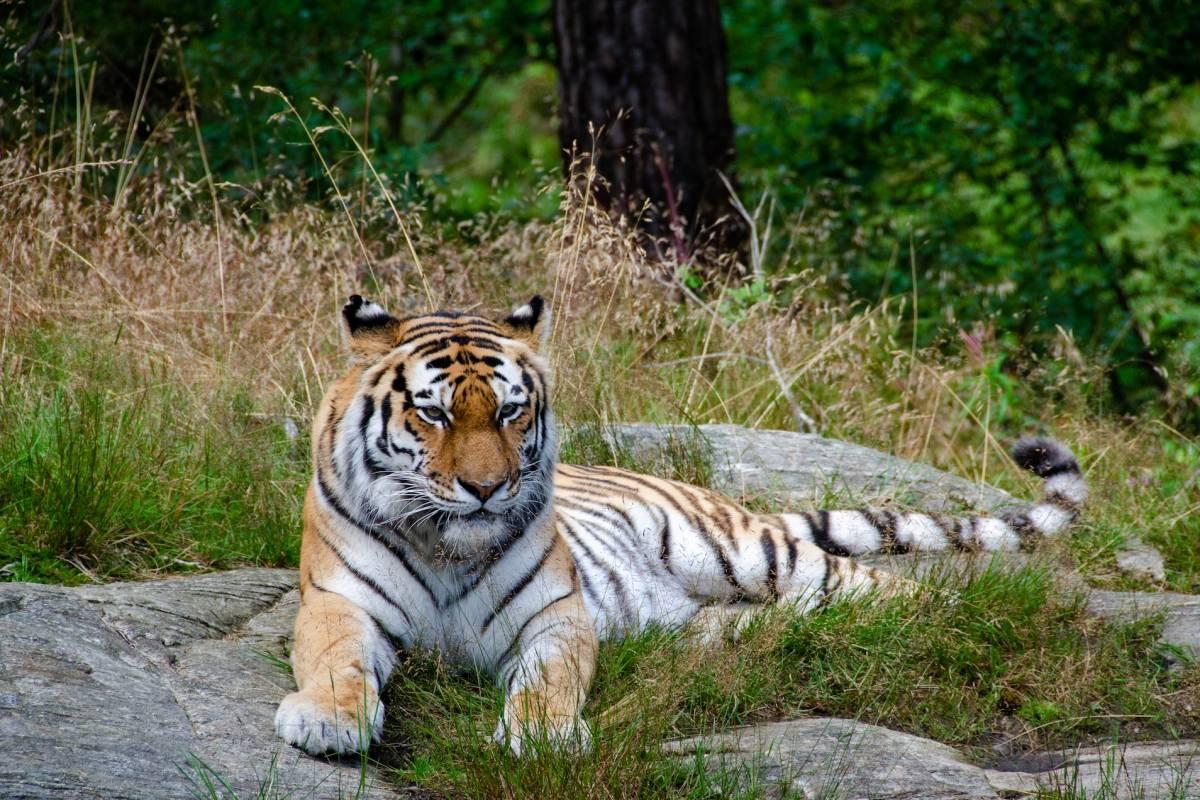
- Name: Bengal tiger
- Scientific name: Panthera tigris tigris
- Conservation status:
The Bengal tiger is a subpopulation of the Asian tiger, and one of the most well-known animals in the world, being part of the world’s charismatic megafauna. It is one of the biggest wild cats in the world, and it has been present on the Indian subcontinent for 12,000 to 16,500 years!
In Nepal, it can be found in the Terai region in the southern part of the country, split into 3 separate populations, isolated because of habitats and cultivation. The largest population can be found in Chitwan National Park, in southern Nepal as well.
4. Indian rhinoceros
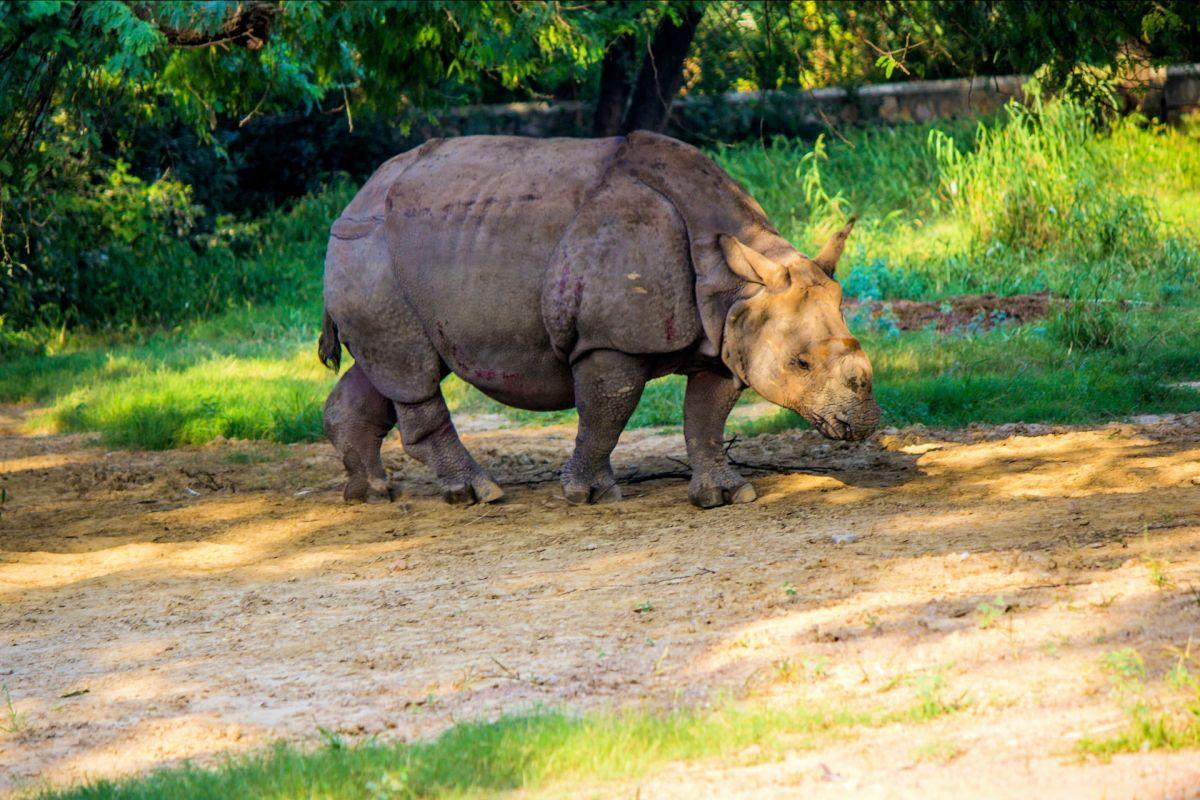
- Name: Indian rhinoceros
- Scientific name: Rhinoceros unicornis
- Conservation status:
The Indian rhinoceros, also known as the great Indian rhinoceros, the greater one-horned rhinoceros, or simply the Indian rhino, is a large species of mammal native to the Indian subcontinent. Its main habitats, savannas, grasslands, and riverine forests, are being destroyed, which is why this rhino is listed as vulnerable to extinction.
Since the 19th century, the Indian rhinoceros has only been found in the southern parts of Nepal, and it is now becoming rarer and rarer.
5. Clouded leopard
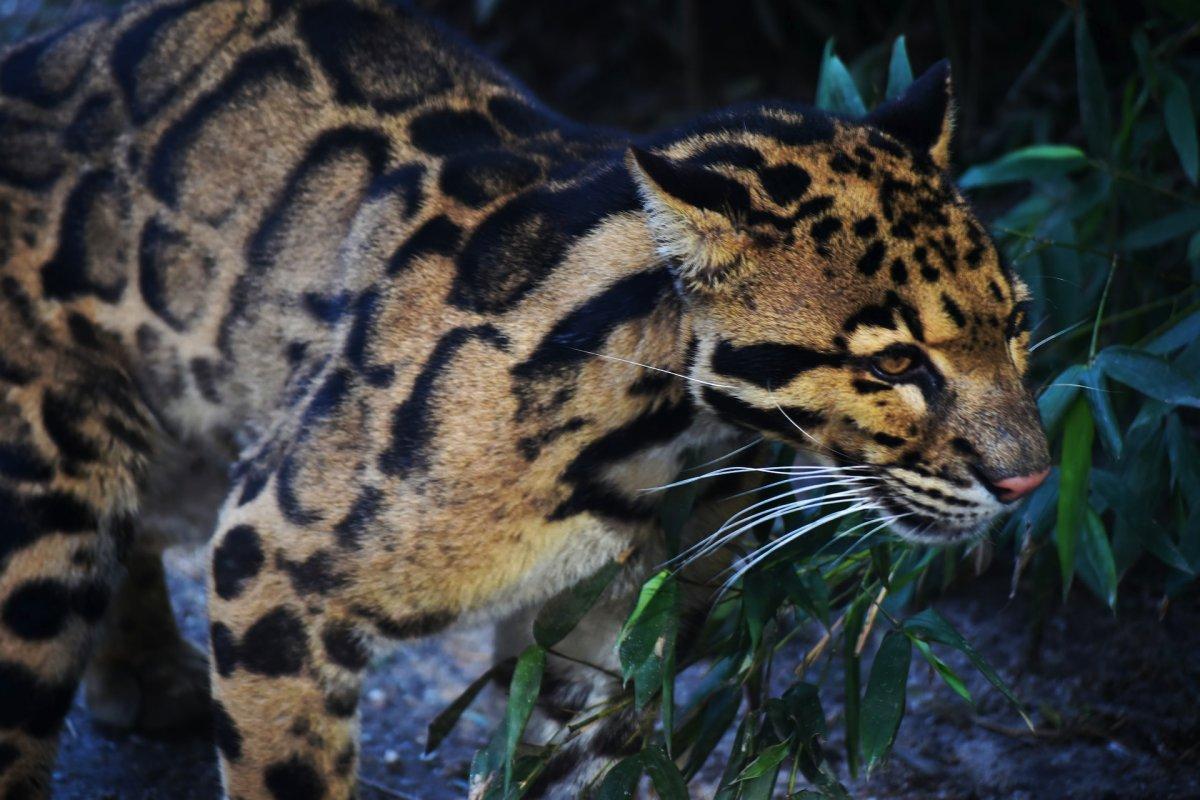
- Name: Clouded leopard
- Scientific name: Neofelis nebulosa
- Conservation status:
The clouded leopard, formally known as the mainland clouded leopard, is a medium-sized species of wild cat native to several areas of southern and southeastern Asia.
It inhabits the Himalayan foothills of Nepal, and after being thought to be extinct since the 1860s, it recovered at the end of the 20th century, and can now be found in other areas such as Annapurna Conservation Area and Shivapuri Nagarjun National Park.
6. Asian elephant
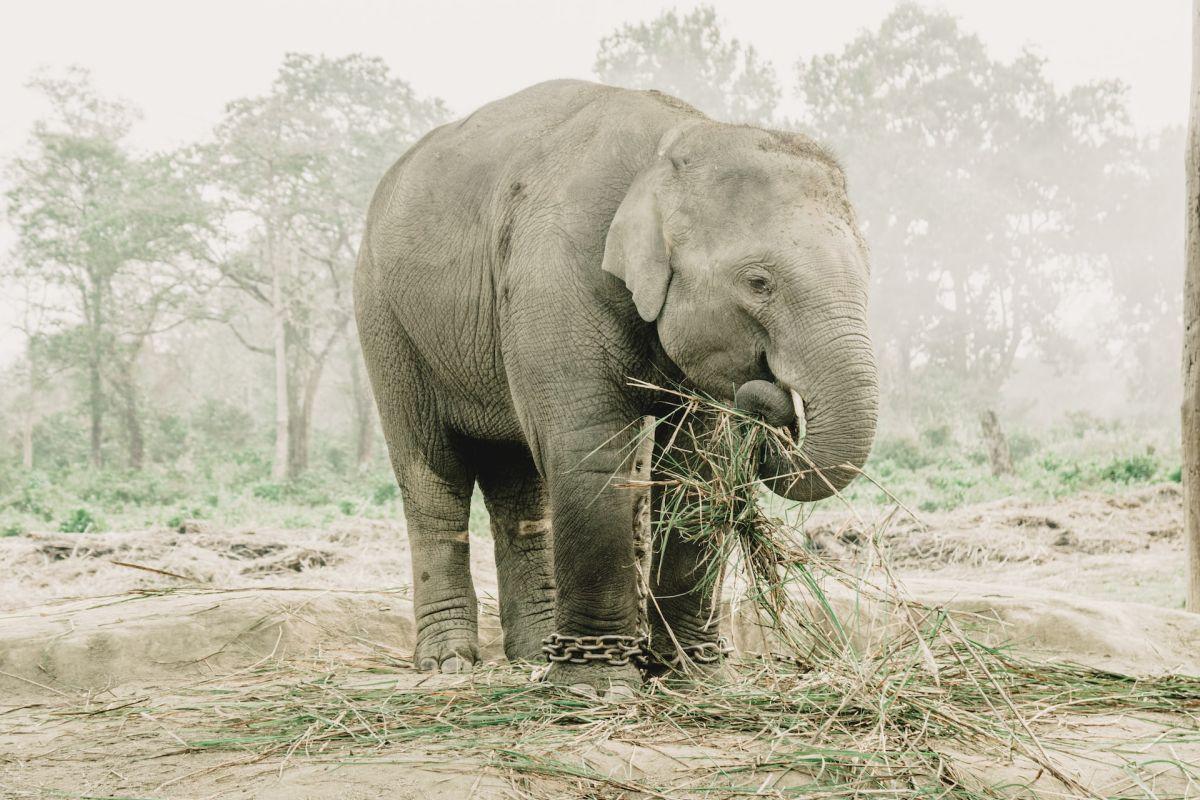
- Name: Asian elephant
- Scientific name: Elephas maximus
- Conservation status:
The Asian elephant, also known as the Asiatic elephant, is the largest mammal native to Asia, and one of the largest terrestrial mammals on the Earth, although rivaled by its African counterparts.
Often used for tourism, this elephant suffers from habitat loss and poaching and is considered endangered. It survives very poorly in zoos, and usually dies at a young age; with a very low birth rate and a high death rate, Asian elephants cannot be saved using captive breeding programs.
7. Red panda
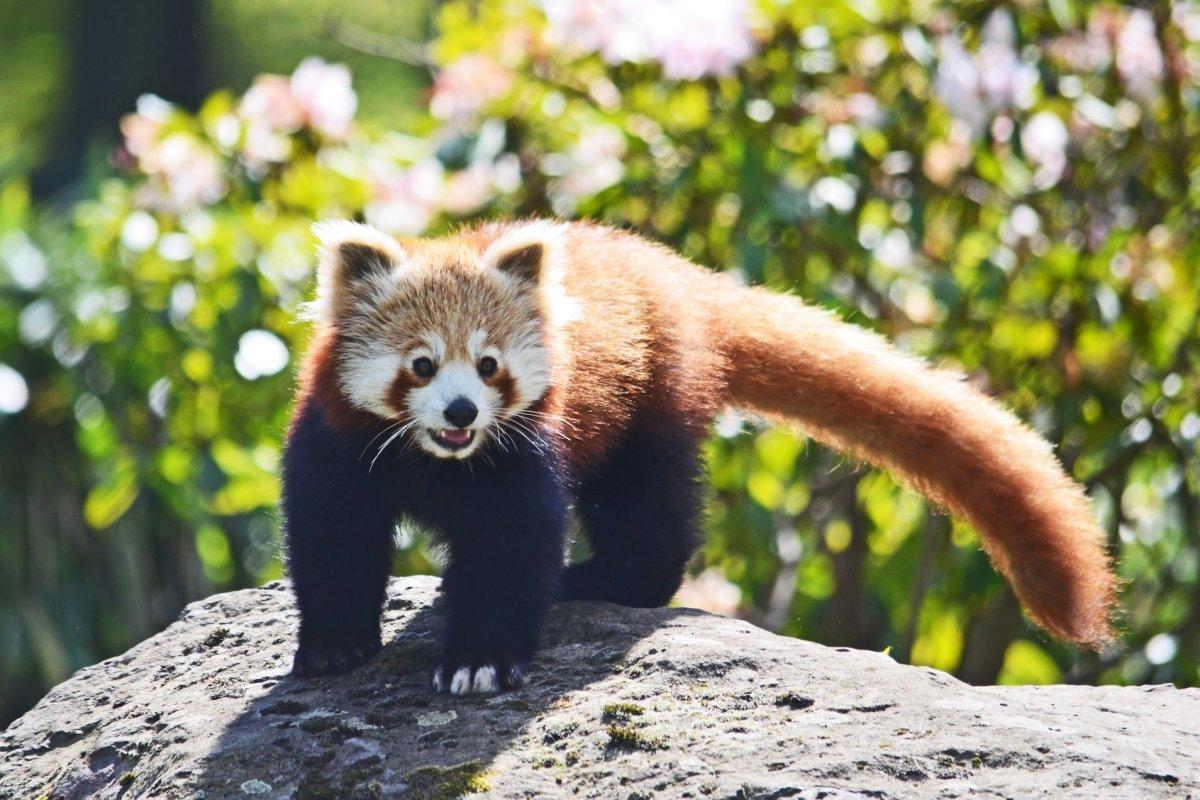
- Name: Red panda
- Scientific name: Ailurus fulgens
- Conservation status:
The red panda, also known as the lesser panda, is a small species of mammal native to southwestern China and the eastern Himalayas. It is one of the most widely appreciated and famous Asian animals but is endangered because of habitat destruction due to deforestation and poaching, despite being protected within all of its range.
Nepal started several conservation programs, in hopes to save the red panda.
8. Himalayan wolf
- Name: Himalayan wolf
- Scientific name: Canis lupus chanco
- Conservation status:
Wolves are everywhere, even in the harsh environment of the Himalayas!
The Himalayan wolf is a species of canine native to the Himalayas, but also the Central Asian highlands and the Tibetan Plateau. Perfectly adapted to low-oxygen environments, it is the only wolf that can be found above 4,000 m / 13,123 ft, and usually does not descend below that. It can be found in Api Nampa Conservation Area, Humla, Manaslu, Upper Dolpa, Upper Mustang, and Kanchenjunga Conservation Area in Nepal, and the country is a particularly important refuge for this species.
9. Chinese pangolin
- Name: Chinese pangolin
- Scientific name: Manis pentadactyla
- Conservation status:
The Chinese pangolin is a species of pangolin native to southeastern China, Nepal, Thailand, Malaysia, Myanmar, and other southeastern Asian countries. Its population has declined by more than 80 percent over the course of the last 21 years, and it is now on the brink of extinction, primarily because of capture for the illegal wildlife trade and poaching.
This pangolin inhabits bamboo forests, coniferous forests, grasslands, agricultural fields, and broadleaf forests, and it is considered a good-luck charm in eastern Nepal.
10. Bengal monitor
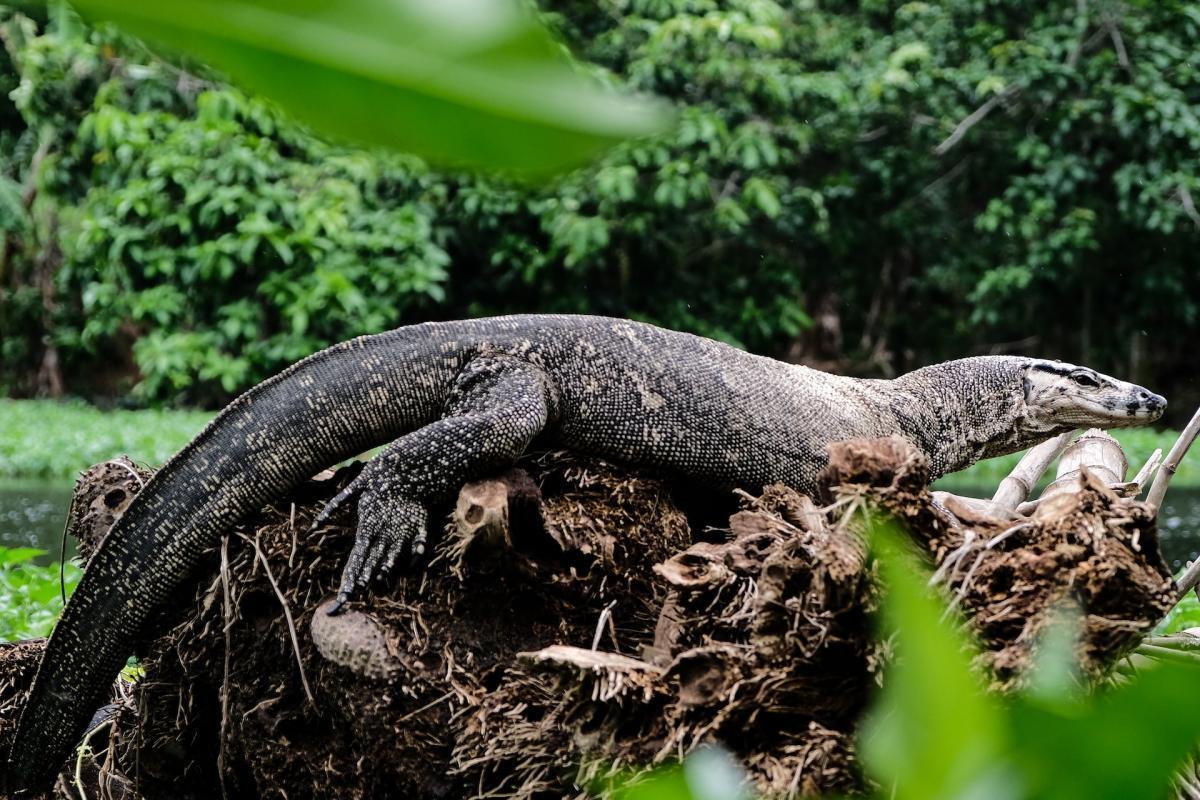
- Name: Bengal monitor
- Scientific name: Varanus bengalensis
- Conservation status:
The Bengal monitor, also known as the common Indian monitor, is a large species of monitor lizard native to the Indian subcontinent, as well as southeastern and western Asia. This lizard is primarily terrestrial and can reach lengths of up to 175 cm / 69 in.
In Nepal, the Bengal monitor lives in river valleys, usually below 1,500 m / 4,921 ft, where it feeds on beetles, larvae, caterpillars, scorpions, crabs, snails, termites, and ants, among others.
11. Himalayan monal
- Name: Himalayan monal
- Scientific name: Lophophorus impejanus
- Conservation status:
The Himalayan monal, also known as the Impeyan pheasant, the Impeyan monal, or locally (in Nepal) as the danphe or danfe, is the national bird of Nepal. It is native to the Himalayas and can be found at altitudes between 2,100 and 4,500 m / 6,900 and 14,800 ft above sea level.
This pheasant is incredibly sexually dimorphic: while females are usually monochrome, with dark brown plumage, males have bright, metallic and beautiful colors, as well as a crest on top of their head.
12. Gharial

- Name: Gharial
- Scientific name: Gavialis gangeticus
- Conservation status:
The gharial, also known as the fish-eating crocodile or the gavial, is a unique species of crocodile native to very small, scattered parts of Nepal, India, and surrounding countries. It is on the brink of extinction, not only due to its small range but also because of habitat loss (due to sand mining and agricultural expansion), depletion of prey, and fishing practices.
This crocodilian is unique due to its very long snout, making it one of the longest crocodiles in the world. Nepal started conservation programs for this reptile, and the first successful reproduction of gharials was confirmed in the country in 2019, after 37 years of absence.
13. Northern white-lipped pit viper
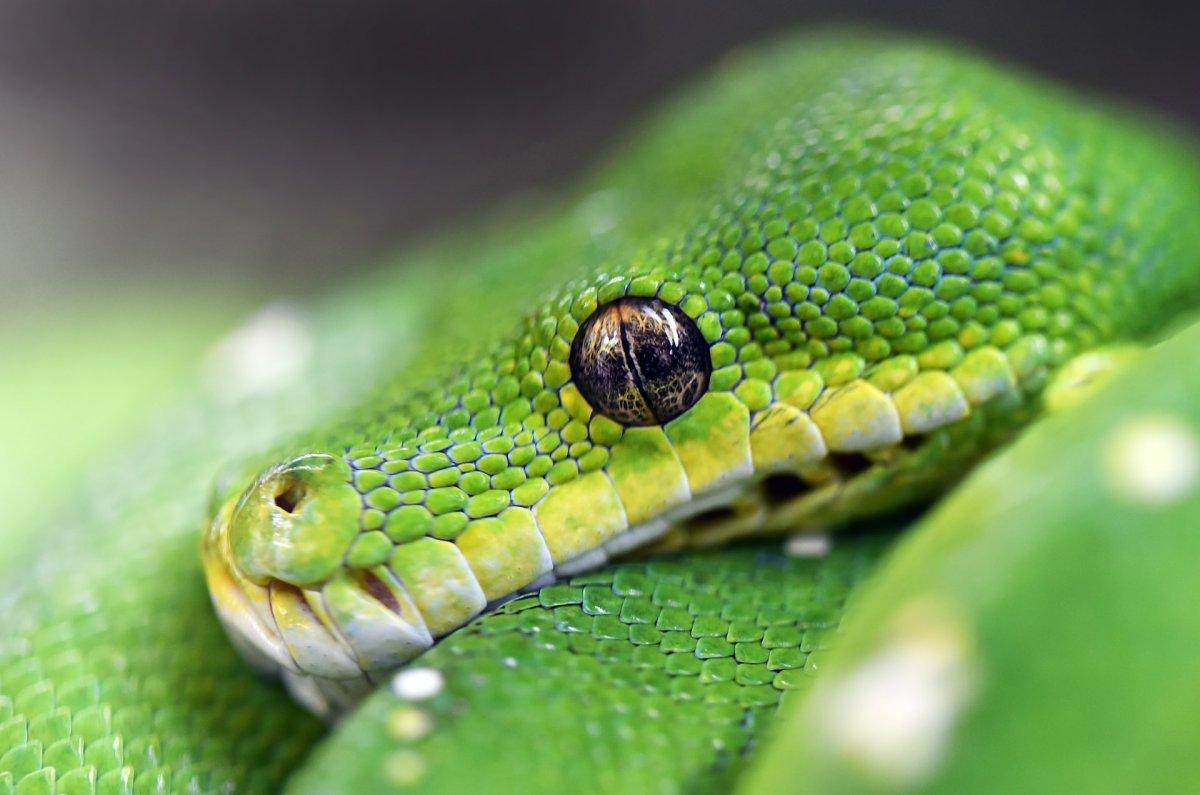
- Name: Northern white-lipped pit viper
- Scientific name: Trimeresurus septentrionalis
- Conservation status:
The northern white-lipped pit viper is a venomous species of pit viper native to Nepal, India, Bhutan, and Bangladesh, but primarily in Nepal.
This bright green viper has yellow underparts and gets its name from its whitish jaw. Only males have a long side stripe, but females are larger than them, reaching up to 73 cm / 28.7 in, versus the 61 cm / 24 in of males.
14. Elongated tortoise
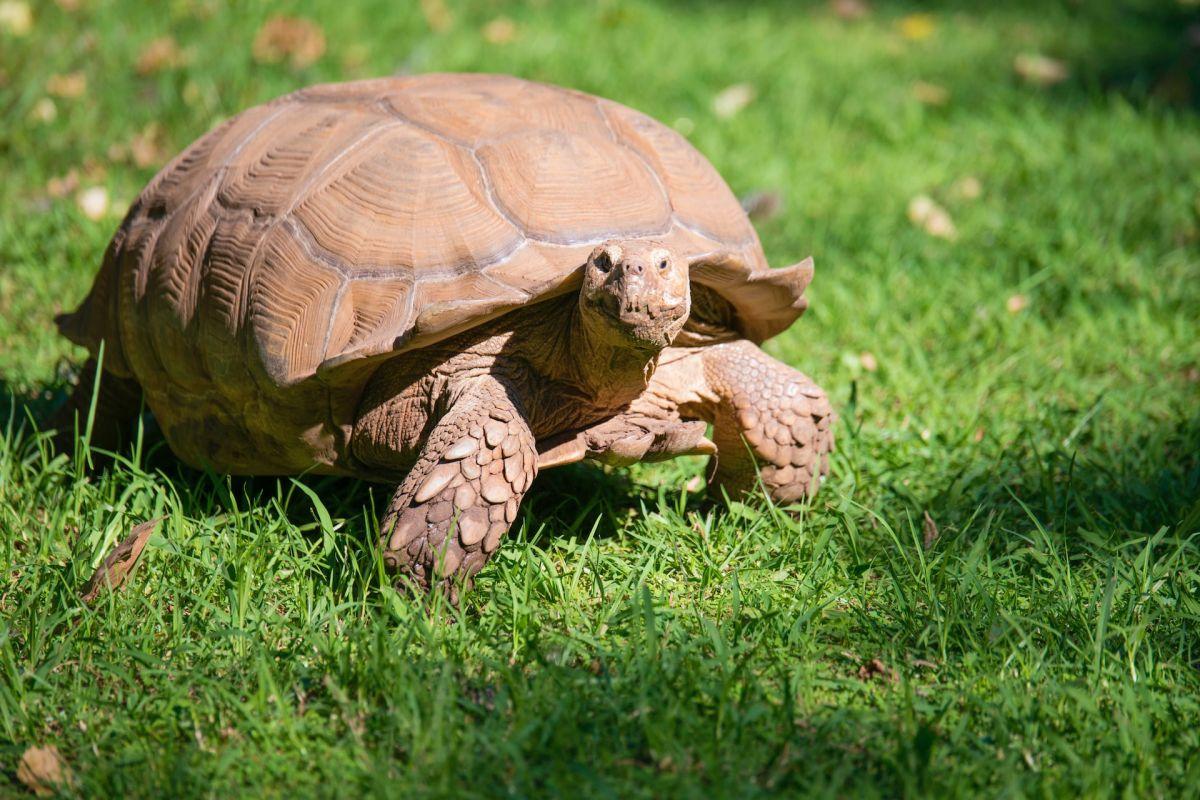
- Name: Elongated tortoise
- Scientific name: Indotestudo elongata
- Conservation status:
The elongated tortoise is a species of tortoise native to the Indian subcontinent (particularly Nepal), and Southeast Asia. Its shell is particularly long compared to its width, hence the turtle’s name, and it is usually about 30 cm / 12 in long and weighs 3.5 kg / 7 lb.
This tortoise is on the brink of extinction, and in severe decline across all of its range, mainly because of habitat loss, illegal capture for the pet trade, and hunting for food and use as an aphrodisiac.
15. Eurasian lynx
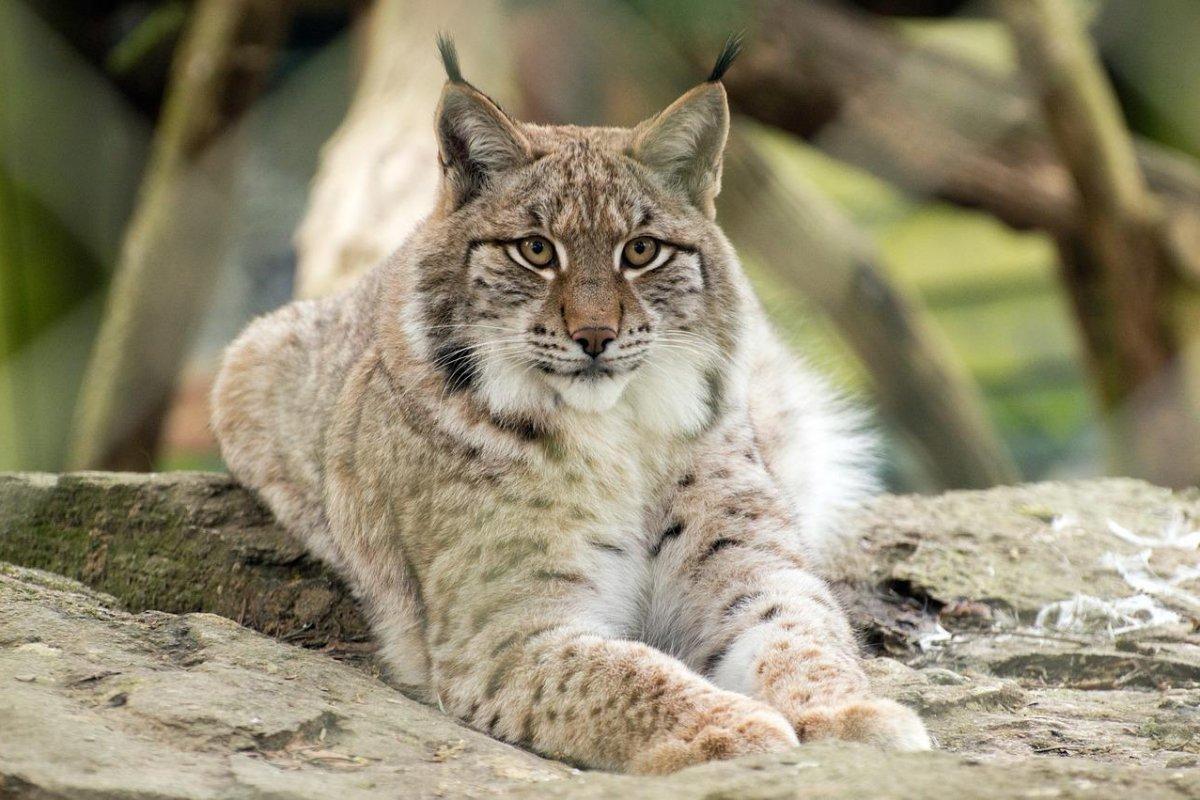
- Name: Eurasian lynx
- Scientific name: Lynx lynx
- Conservation status:
As you can see, we are not done yet with iconic wild cat species, as the Eurasian lynx can also be found in Nepal, hiding at the heights of the Himalayas. As its name suggests, this lynx is native to much of Eurasia, but also lives in the Tibetan Plateau and the Himalayas, at up to 5,500 m / 18,000 ft above sea level.
Despite its very wide distribution and decent numbers, the Eurasian lynx is threatened by depletion of prey, habitat fragmentation, and loss and poaching.
16. Indian leopard
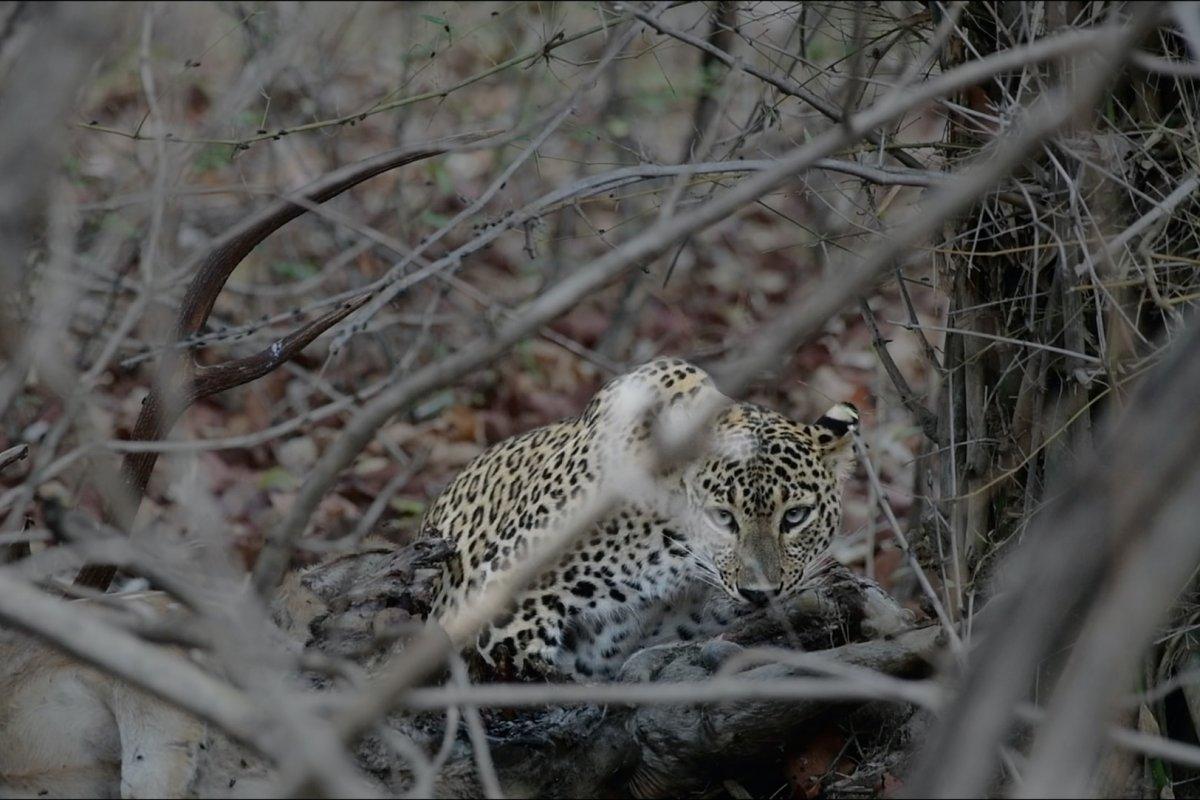
- Name: Indian leopard
- Scientific name: Panthera pardus fusca
- Conservation status:
Alright, this is the actual last big cat in Nepal!
The Indian leopard is the subspecies of the leopard native to the Indian subcontinent, where it is widely distributed. It is still considered vulnerable to extinction, however, primarily due to poaching for its body parts and skin, as well as habitat fragmentation and loss. Only in India, there are about 12,000 to 14,000 individuals, and even more on a global scale when including Nepal and surrounding countries.
17. Himalayan black bear
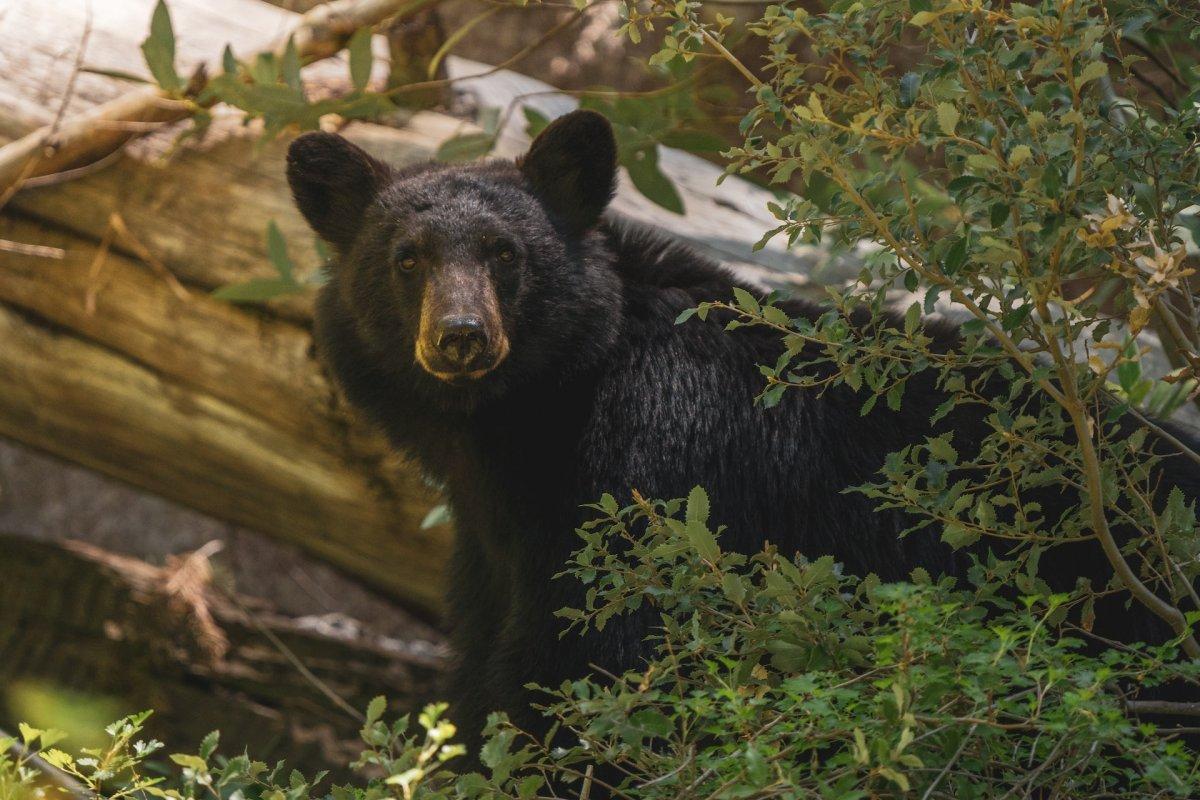
- Name: Himalayan black bear
- Scientific name: Ursus thibetanus laniger
- Conservation status:
The Himalayan black bear is a subspecies of the Asian black bear native to the Himalayas of Nepal, India, Bhutan, Pakistan, and China. Contrary to the average Asian black bear, its white chest mark is smaller, and its fur is much thicker, which is ideal for its harsh, cold habitat.
This bear lives at altitudes of about 3,000 to 3,700 m / 10,000 to 12,000 ft above sea level in Nepal and descends as low as 1,500 m / 5,000 ft during the winter, where it lives in more tropical forests.
18. Nepal gray langur
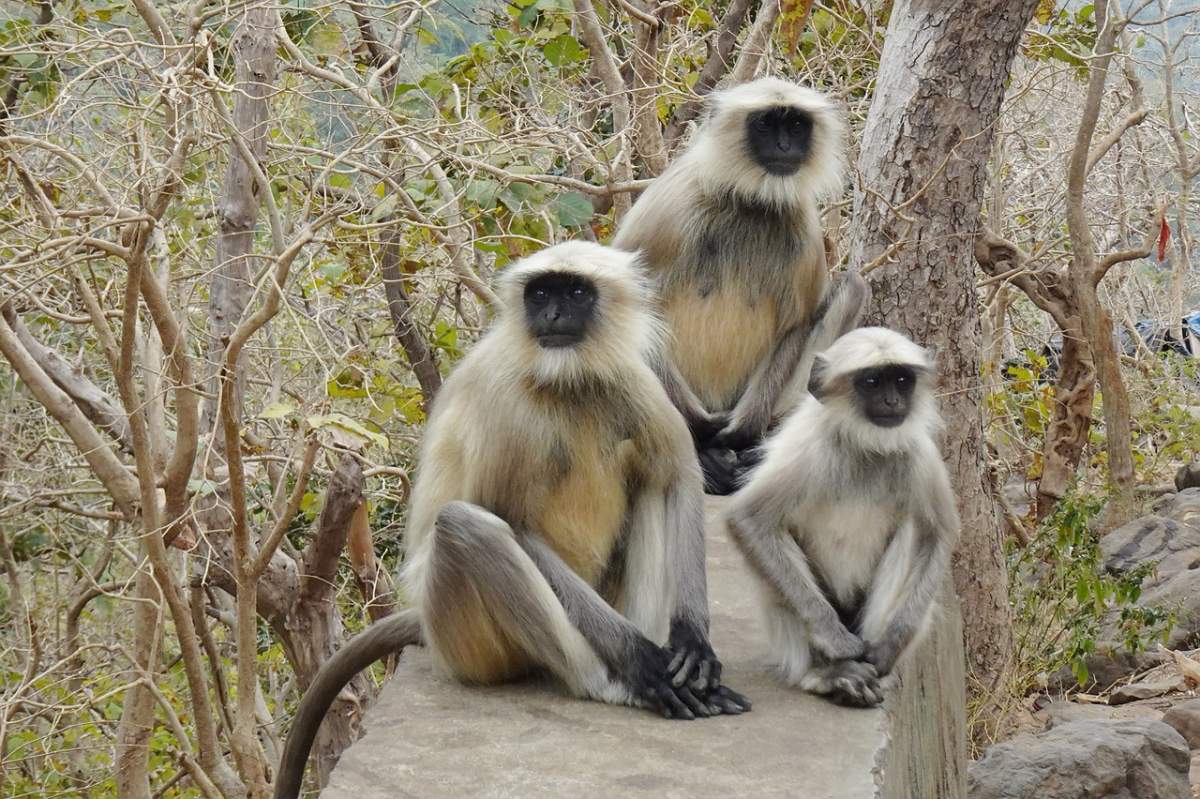
- Name: Nepal gray langur
- Scientific name: Semnopithecus schistaceus
- Conservation status:
The Nepal gray langur is a species of gray langur endemic to the Himalayas of Nepal, as well as northern India, Bhutan, northern Pakistan, Afghanistan, and far, southwestern Tibet. It inhabits forests at altitudes of 1,500 to 4,000 m / 4,900 to 13,100 ft above sea level and primarily feeds on leaves.
This primate is both terrestrial and arboreal, and is almost entirely white, except for its face, hands, and feet which are completely black.
—
So there you have them, these were my 18 wild animals of Nepal. I hope you enjoyed this list and that you learned something new today.
In case you want to learn more about Nepal wildlife, feel free to keep reading, as I still have lots of things to tell you about:
Endangered Animals of Nepal
This is definitely the saddest part of the list, but it is very important to raise awareness. Because of this, let’s go through the list of endangered animals in Nepal.
Here are the animals in danger of extinction in Nepal.
- None
- Gharial
- Slender-billed vulture
- Elongated tortoise
- Indian vulture
- Bengal florican
- and 13 more…
- Tiger
- Tricarinate hill turtle
- Indian softshell turtle
- Asian elephant
- Spotted pond turtle
- and 26 more…
To see the full list of endangered species in Nepal, head over to the International Union for Conservation of Nature’s Red List.
What is the National Animal of Nepal?
The national animal of Nepal is the cow.
You might not expect it, but the cow is the best representation and symbol of Nepal. Sacred to Hindus, this animal is constitutionally protected in the country and cow slaughter is forbidden. After lots of debates, Nepali people had to choose between the one-horned rhino and the cow, and the cow became the national animal after the new 2015 constitution of the country.
The cow is sacred because it is considered a gift from the gods. Not only is it very common in Nepal, but it provides humans with butter, milk, cheese, fuel, and a cleanser without requiring anything in return.
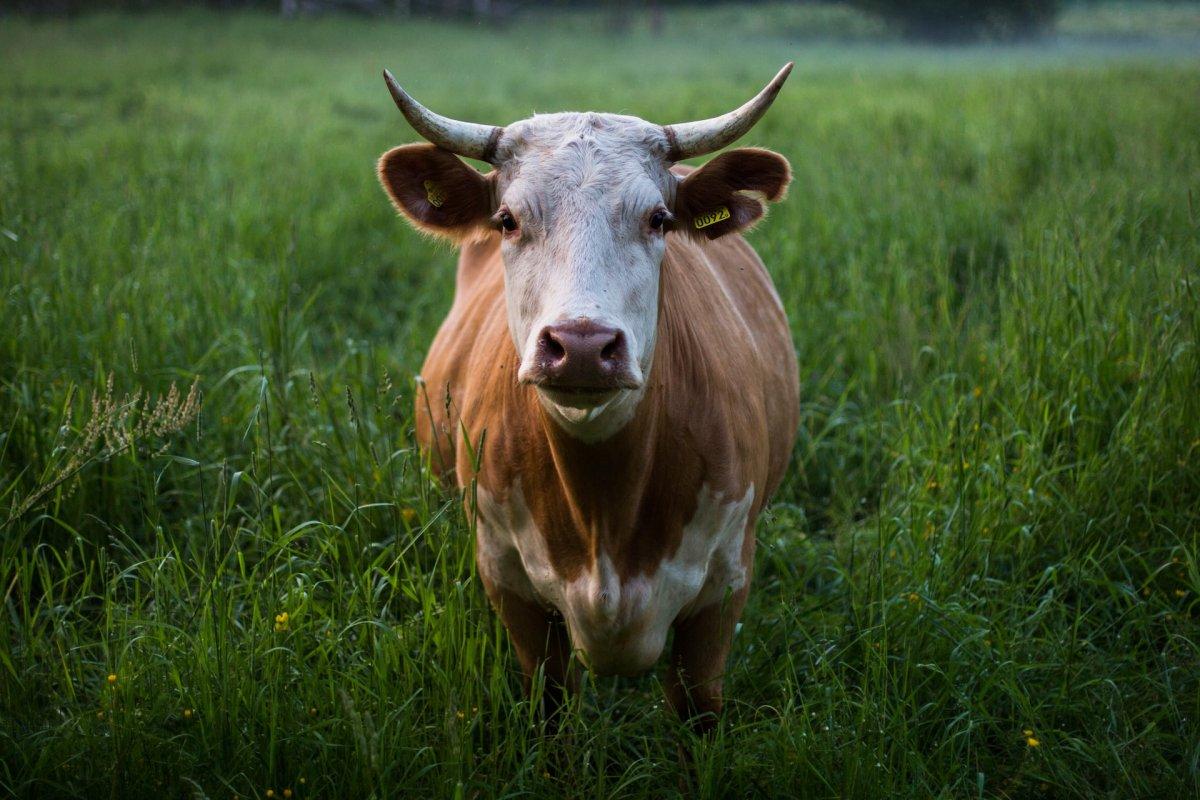
How Many Animals Native to Nepal?
What is the diversity of native animals in Nepal?
Let’s look at the total number of species of Chordata (mammals, birds, fishes, and reptiles).
Total number of animal species in Nepal: 1,421 (15,319 in total in South and Southeast Asia)
Which is the biggest animal in Nepal?
The Asian elephant is the largest mammal in all of Asia, and it can also be found in Nepal. With a height varying from 2.5 to 3 m / 8.2 to 9.84 ft and a weight of up to 5,000 kg / 11,023 lb, it is definitely a very impressive animal!
Sadly, the Asian elephant is considered endangered, mainly due to poaching, as well as habitat loss and fragmentation.
Are monkeys sacred in Nepal?
Yes, monkeys are sacred to Hindus and Tibetan Buddhists, and there is in fact one temple in Nepal that is ruled by monkeys!
The Swayambhunath Temple is located at the top of a very large hill in Kathmandu, and it is home to hundreds of roaming monkeys. Also named the “Monkey Temple”, this place is ideal for these rhesus monkeys, as they are not disturbed at all by humans, and young ones particularly love to play with the temple’s sacred flags.
More About Animals in the World!
Loved these facts about the animals native to Nepal? Want to see what animals live in other countries?
Then check out these posts:
Or click here to see ALL the facts up on the blog! Spoiler alert: there’s A LOT of them.
Share the knowledge! Click on the buttons below to share information about these animals found in Nepal with your friends, and help them learn more about the world 🙂
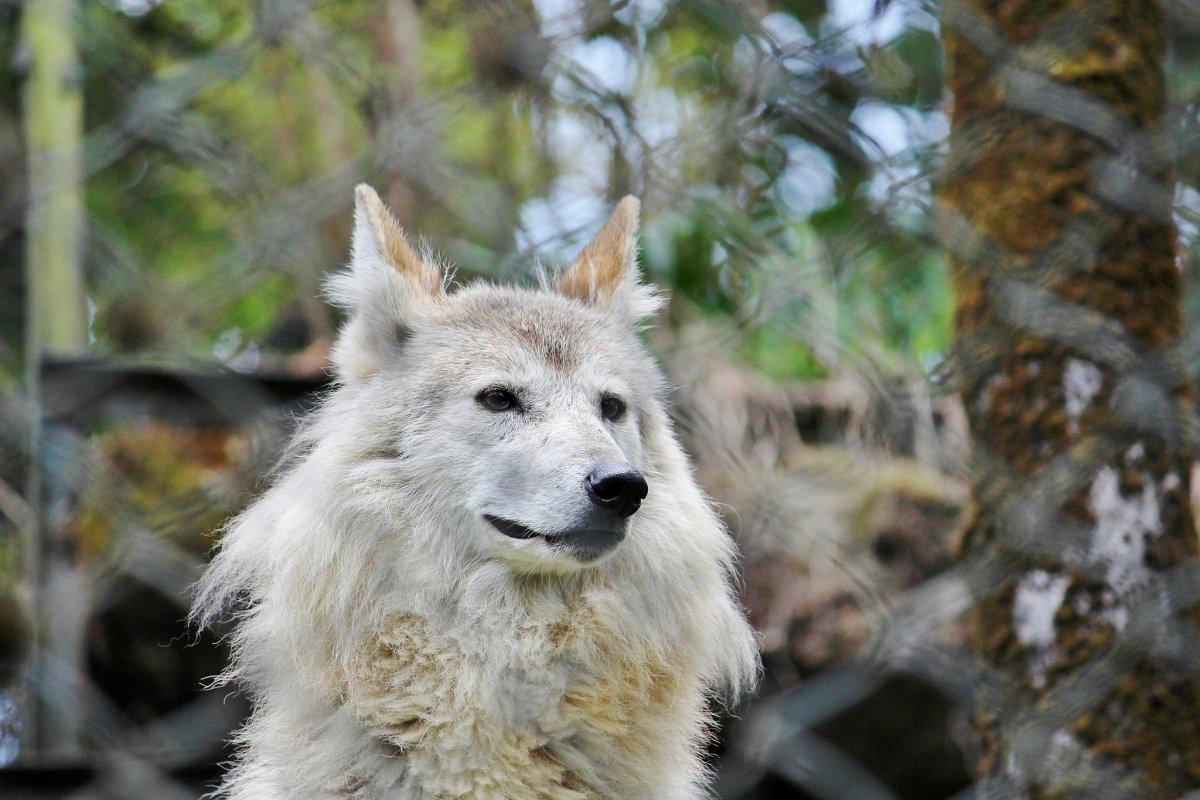
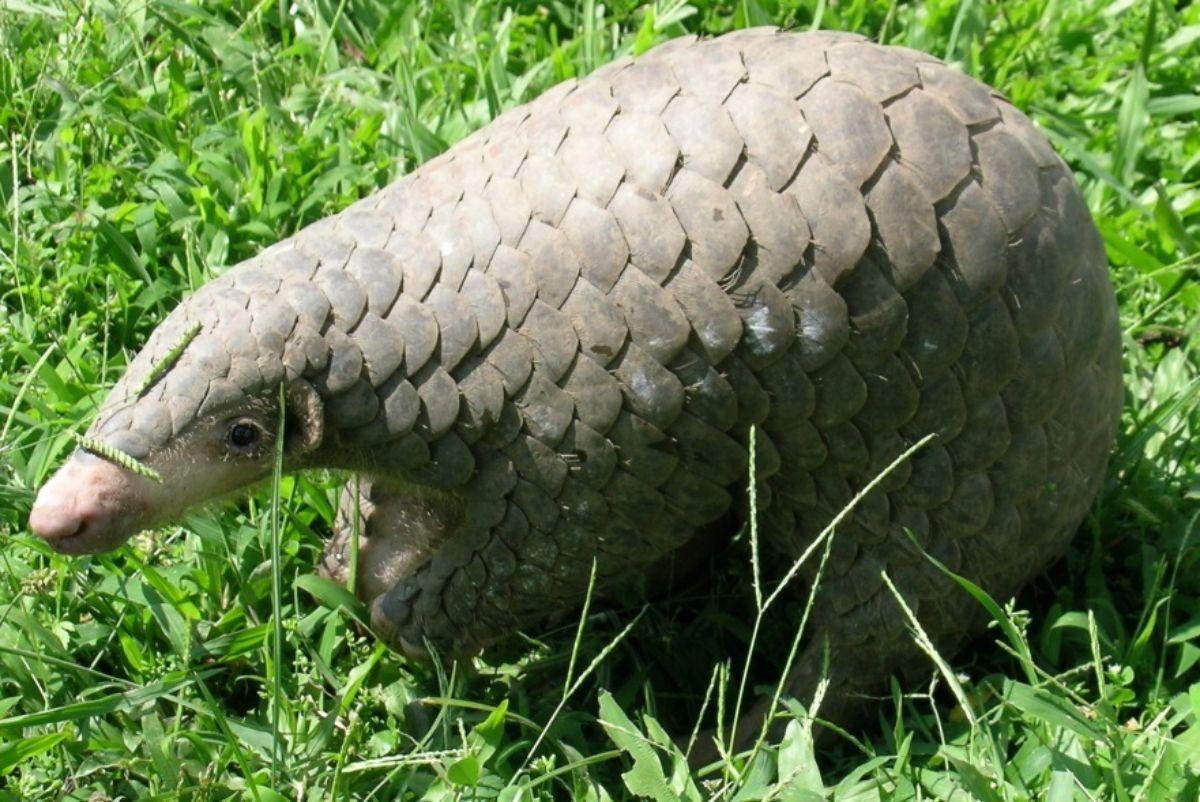
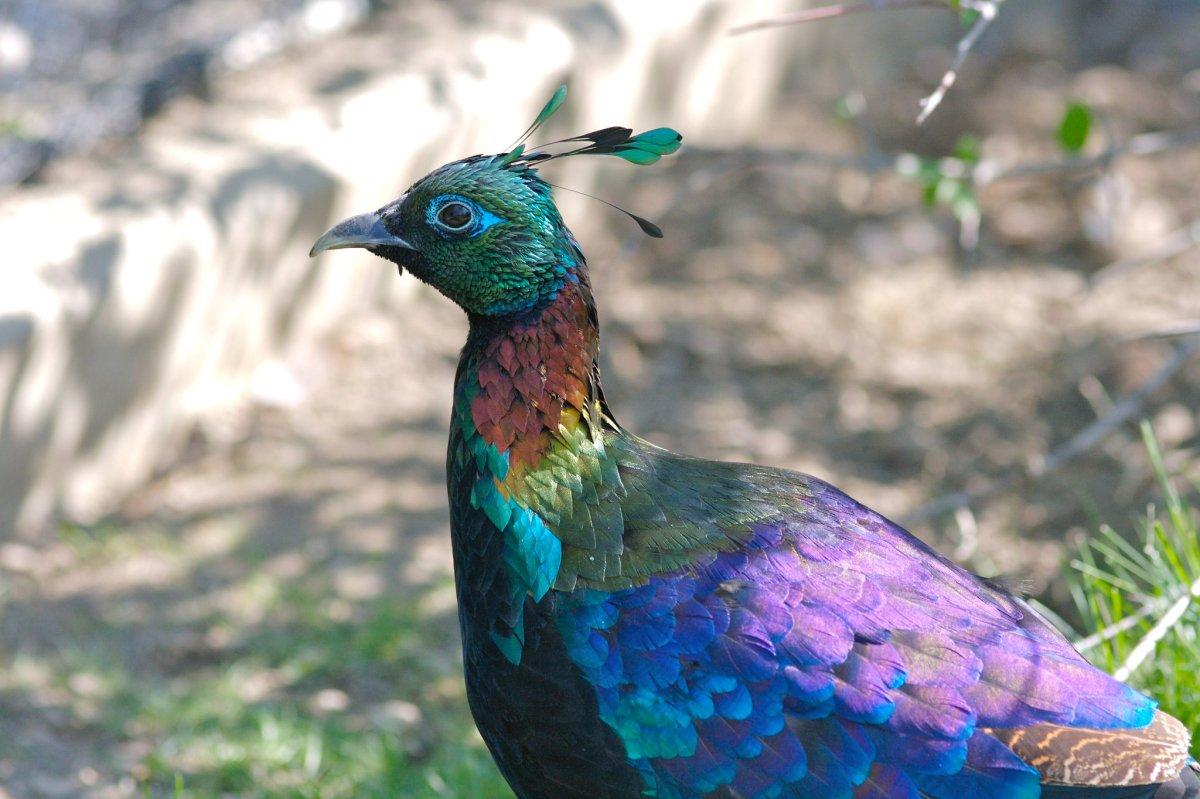

![33 Wild Animals in Ecuador [Wildlife in Ecuador]](https://www.kevmrc.com/wp-content/uploads/2022/06/33-wild-animals-in-ecuador.jpg)
![13 Wild Animals in Slovakia [Wildlife in Slovakia]](https://www.kevmrc.com/wp-content/uploads/2022/08/13-wild-animals-in-slovakia.jpg)
![13 Wild Animals in Eswatini [Wildlife in Eswatini]](https://www.kevmrc.com/wp-content/uploads/2022/12/13-wild-animals-in-eswatini.jpg)